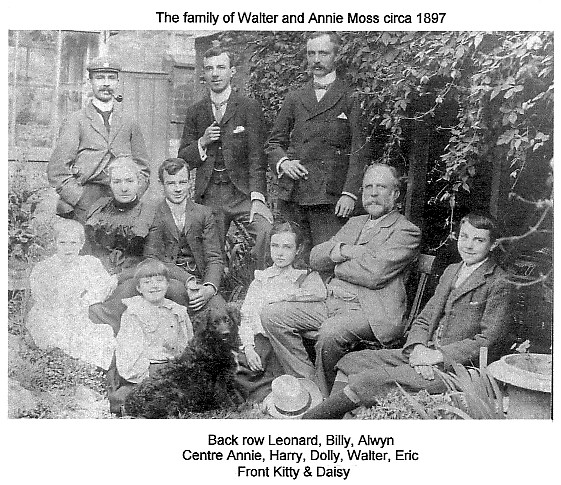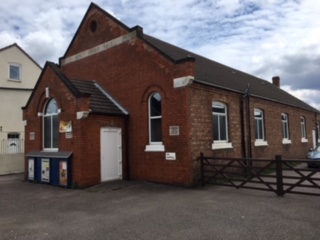
Origins: Empowering Through Literacy
The Adult School Movement began in 1798 in Nottingham, initiated by William Singleton, a Methodist, and Samuel Fox, a Quaker. Their goal was to teach reading and writing to working-class adults, particularly women employed in lace and hosiery factories. Using the Bible as a primary text, these schools aimed to provide not only literacy but also moral and spiritual education.
Growth and Development
Throughout the 19th century, the movement expanded, especially under the influence of Quaker philanthropists like Joseph Rowntree. Adult Schools became centers for holistic development, offering classes in arithmetic, geography, and grammar, alongside discussions on social issues. They also fostered community through activities like savings clubs, libraries, and social events.
Peak and Influence
By the early 20th century, Adult Schools had become a significant force in adult education. In 1909-10, there were approximately 1,900 schools with over 114,000 members. These institutions emphasised democratic participation, unsectarian approaches, and the centrality of Bible study, influencing the broader adult education landscape in Britain.
Decline and Legacy
Post-World War I societal changes and the emergence of other educational opportunities led to a decline in Adult School attendance. However, their legacy persists in modern adult education practices, particularly the emphasis on community, discussion-based learning, and personal development.
The Coalville Adult School Hall stands as a testament to this rich history, continuing to serve the community as a space for learning, gathering, and growth.
The building is lovingly looked after by a group of Trustees, a team of 13 people, who refurbished many parts of the property inside and out in between Covid lockdowns.
Phase 1: Saw focus on the hall, foyer, outside areas, cellar and loft spaces.
The main hall houses the stage area used predominantly by the Coalville Drama Group, this area has also had a clear out, clean and tidy.
The Trustees drew up a project plan, which outlined the actions required in Phase 1; from washing the dust off 30-year-old curtains to sanding and varnishing the original wood flooring. Painting the walls and panelling from floor to ceiling, a huge task! The wooden doors that open to welcome in the public have been stripped of the layers of paint that had been applied over the years, lovingly sanded and restored to compliment the foyer area crowned with fabulous lighting and a chandelier to enhance the entranceway.
The cellar, which was prone to flooding has been cleared and had a new pump fitted. The outside areas have been weeded and cleared of rubbish, so our groups have a crisp, clean environment to carry out their activities.
Coalville Drama Group was established at the hall in 1951 and make use of the halls expansive loft spaces to store furniture, costumes and props used in their quarterly performances. The loft spaces have been reinforced, had additional lighting installed and all the props and costumes have been tidied, cleaned and itemised for ease of use.
 Phase 2: Saw the refurbishment of the middle room, with the age-old floorboards being prepared and the new flooring laid. Tastefully decorated, the middle room is now a perfect space to house our pop-up café / bar area.
Phase 2: Saw the refurbishment of the middle room, with the age-old floorboards being prepared and the new flooring laid. Tastefully decorated, the middle room is now a perfect space to house our pop-up café / bar area.
Our application for an alcohol licence was approved and our bar area now serves a range of drinks and confectionary during intervals of the Coalville Drama Groups performances, a mulled wine with a mince pie at our Christmas Fair, as well as other events held at the hall.
The kitchen, toilet and back-room refurbishment are still scheduled to be done. The redecoration is carried out in keeping with the character of the building to retain its charm and historical features.
The Trustees are proposing to display, in the café / bar area, the history of the building with photographs and anecdotes from across the years. Moving a cupboard that has been in situ for many years has uncovered old treasures from the halls history as a lending library and church.
